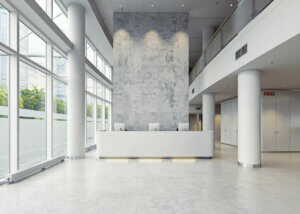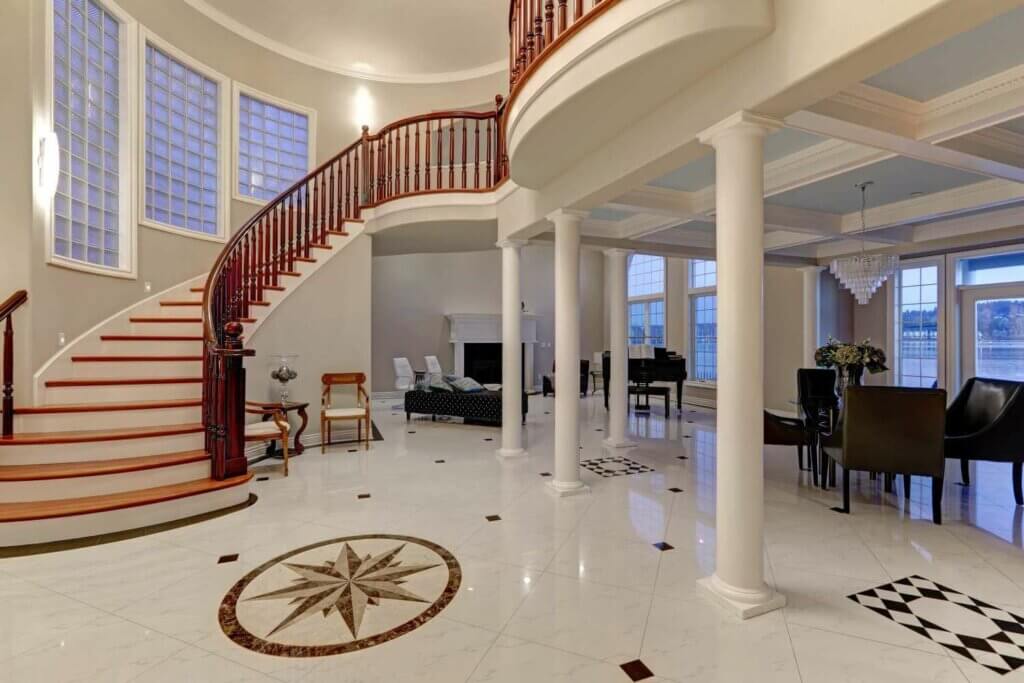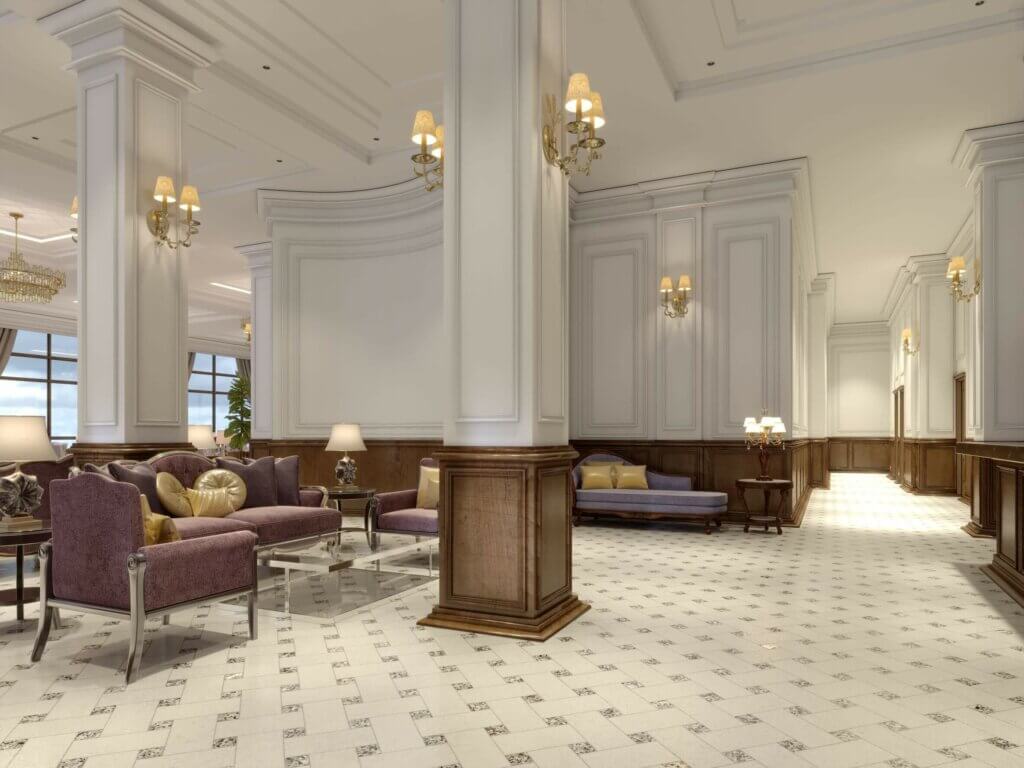5 Types of Columns for Interior Decoration

The structure of a house also contributes to its decoration. Throughout history, different styles and forms of columns have been used that nowadays can bring a more colorful and elegant look to the home. Let’s take a look at 5 types of columns for interior decoration.
These supports are built to hold up a structure. However, they can also fulfill other functions; for example, to hold sculptures, vases, flowers, etc.
In this sense, it’s worth considering the different decorative and aesthetic possibilities that they can offer in the home; that is, they take on another use, have a different meaning, and exemplify another way of accessorizing interiors.

1. Columns in the center of a room
When talking about columns for decoration, one of the most common types is in the center. It might be seen as something that gets in the way; however, it’s possible to change how you think about columns and visualize them as another decorative component.
For example, there are cylindrical columns with a smooth surface that go perfectly with the walls. The goal is that they don’t contrast excessively, but that they blend in pleasantly to make a home cozier.
This type of column is common in villas or homes with large, grand living rooms. The owners or designers use them to hang things on or simply to build shelves around.
A construction component that’s also part of the decoration.
2. Types of columns – the classical style
In classical times, the Greeks used different types of columns. From there, the Romans took note and went a step further, creating other designs that they used in palaces, temples, and other public buildings. You can also apply this vision in your home:
- One of the best-known styles is the ionic. Its design attracts a lot of attention and adds a classical look to wherever it’s placed. For example, it looks great on porches or terraces.
- Then we have the Corinthian and composite; these are more ornate and more interesting in a sense. They bring together a truly eye-catching aesthetic, both because of their appearance and how they create an internal discourse.
- And of course, we have the Doric style, which is much simpler and more basic. It subtly adorns interiors.

3. Types of columns – covered square columns
A very common type is square columns that function as pillars. In order not to leave the surface uncovered and dull, it can be covered with marble or other stone to create a more beautiful aesthetic.
This achieves a singular purpose – it gives them greater prominence in the room. Instead of overlooking the form and leaving it as simply a structural element, you can embellish the surface and make it more attractive.
It fulfills a dual purpose – to decorate and to support.
4. Decorative columns with no structural function
Another very interesting column format is the pedestal which supports decorative objects. They simulate the design of a column but are smaller and they have a very different purpose.
An example is those with a classical appearance, in the style of one of those mentioned above. Another option is those that are purely functional.
And don’t forget that you can make a pedestal yourself by making use of materials such as wood, for example. It needs to be carved and polished so that it’s in the perfect condition to be incorporated into the decoration.
5. Columns covered with crochet
If you want to implement another special decorative element, you can use crochet to cover the column. This is quite common in urban areas where people try to give their homes a more alternative look. You can use this idea at home in the same way.
The crochet subtly enriches the interior with its colors. It’s a way to change the image of the house, apply a more artistic feel, and include more dynamic and energetic content.
To sum up, columns are often overlooked and can be a very unique resource for ornamental purposes.
All cited sources were thoroughly reviewed by our team to ensure their quality, reliability, currency, and validity. The bibliography of this article was considered reliable and of academic or scientific accuracy.
- AA. VV.: Nuevas formas: revista de arquitectura y decoración, Edarba, 1935.
- Ventura, Anna: 1000 ideas prácticas en decoración del hogar, Universe Publishing, 2003.








